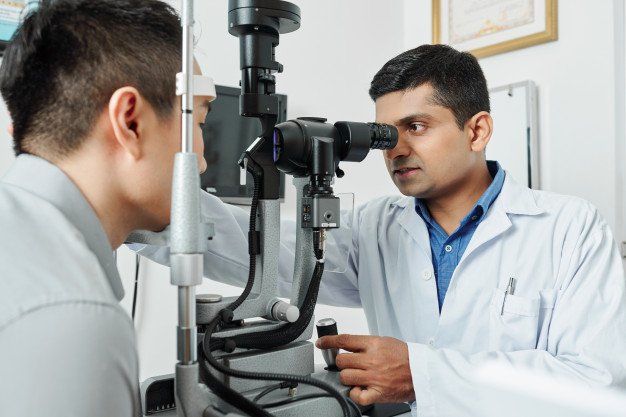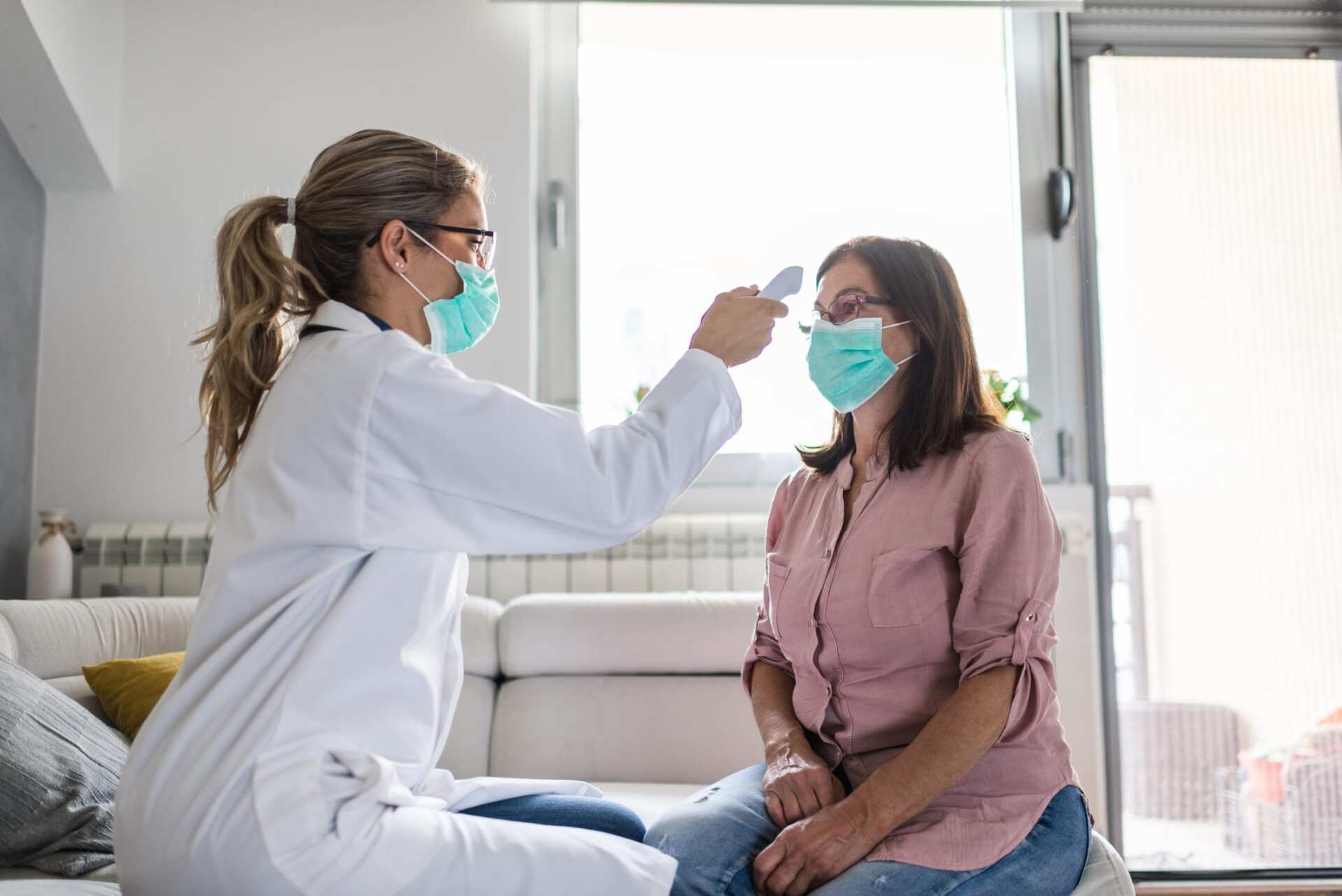Up to Here!

Have you ever wondered why physicians always examine and touch your neck during physicals? This practice allows physicians to check the front of the neck for the butterfly shaped thyroid gland. The thyroid gland, also referred to by many as the furnace of the body, is one of the most important structures within the body. The thyroid is responsible for secreting a hormone called thyroxine which provides energy to each system. It is controlled by the pituitary gland in the brain and helps maintain the metabolism of every organ. Thyroid function can be monitored by simple blood tests and functional abnormalities can be treated with medications. Below are some thyroid disorders that affect many Americans annually.
Thyroid Disorders:
- Hyperthyroidism is due to the excess secretion of thyroxine.

It causes an increase in a person’s metabolism which may cause tremors, excess sweating, hot flashes, irregular heartbeats and weight loss. - Hypothyroidism is a deficiency of thyroxine. Producing small amounts may result in weakness, depression, weight gain, hair loss and a diminishing metabolism.
- Goiters refer to the enlargement of the thyroid gland, which may be caused by inflammation of the thyroid nodules. This is seen by many with Hashimoto’s disease and thyroid cancer. Most goiters do not require treatment if they are functioning normally and a majority of them are typically benign.
- Hashimoto’s Disease is when immune cells mistakenly attack healthy thyroid tissue, causing inflammation of the thyroid.
- Thyroid function can be monitored by simple blood tests and functional abnormalities can be treated with medications.

About 60,000 to 70,000 new cases of thyroid cancer are identified in the United States each year and are five times more common among women. Cases have been increasing in recent years and are more common in age groups from 25-65. Prognosis of thyroid cancer is usually favorable, except in rare cases, when combatted with a good treatment plan. Thyroid cancer is usually diagnosed with the help of ultrasound guided fine needle aspiration biopsy under local anesthesia. It is usually treated with surgery, followed by radioactive iodine treatment.
References: http://thyroidawareness.com/
















